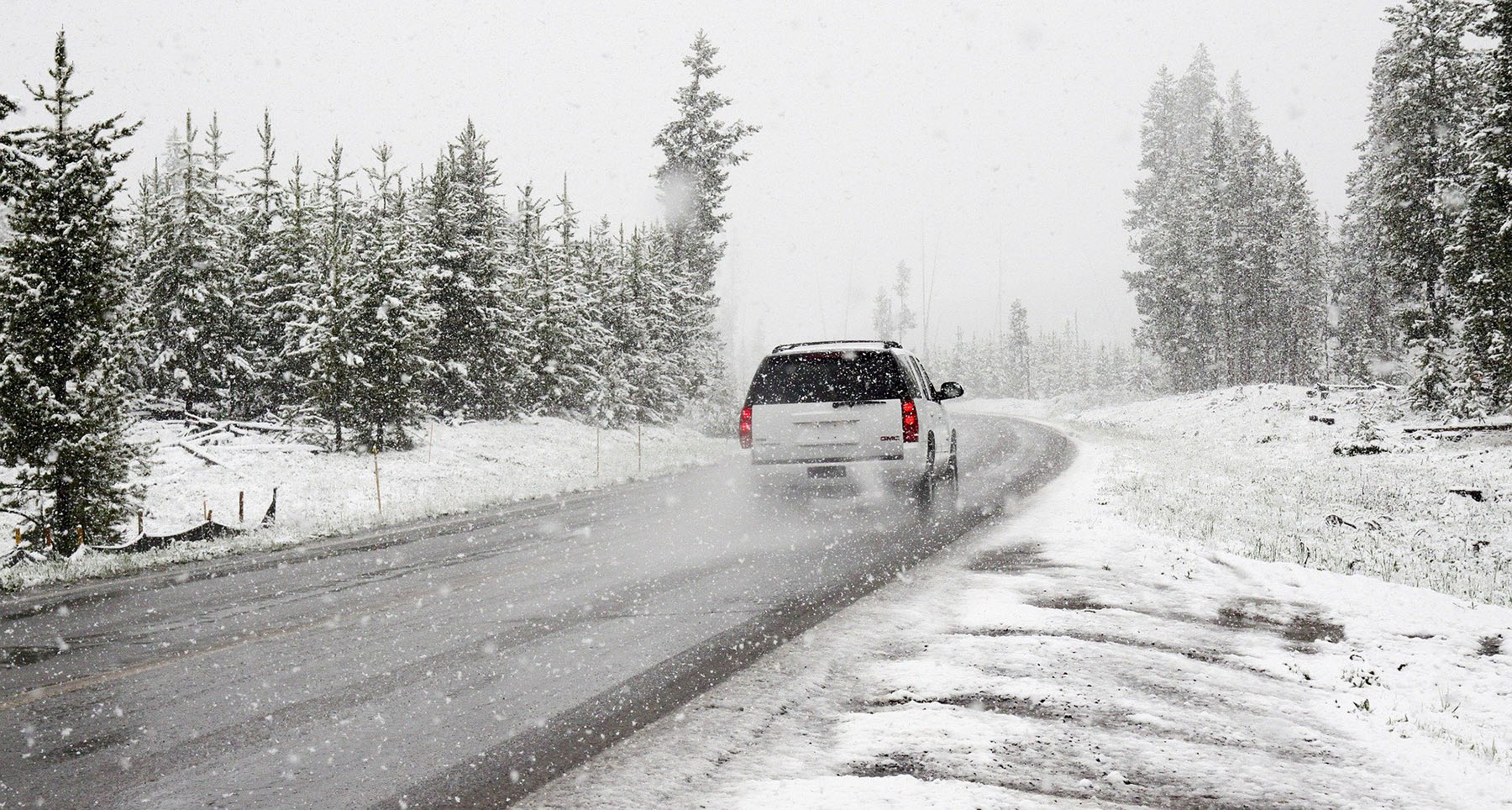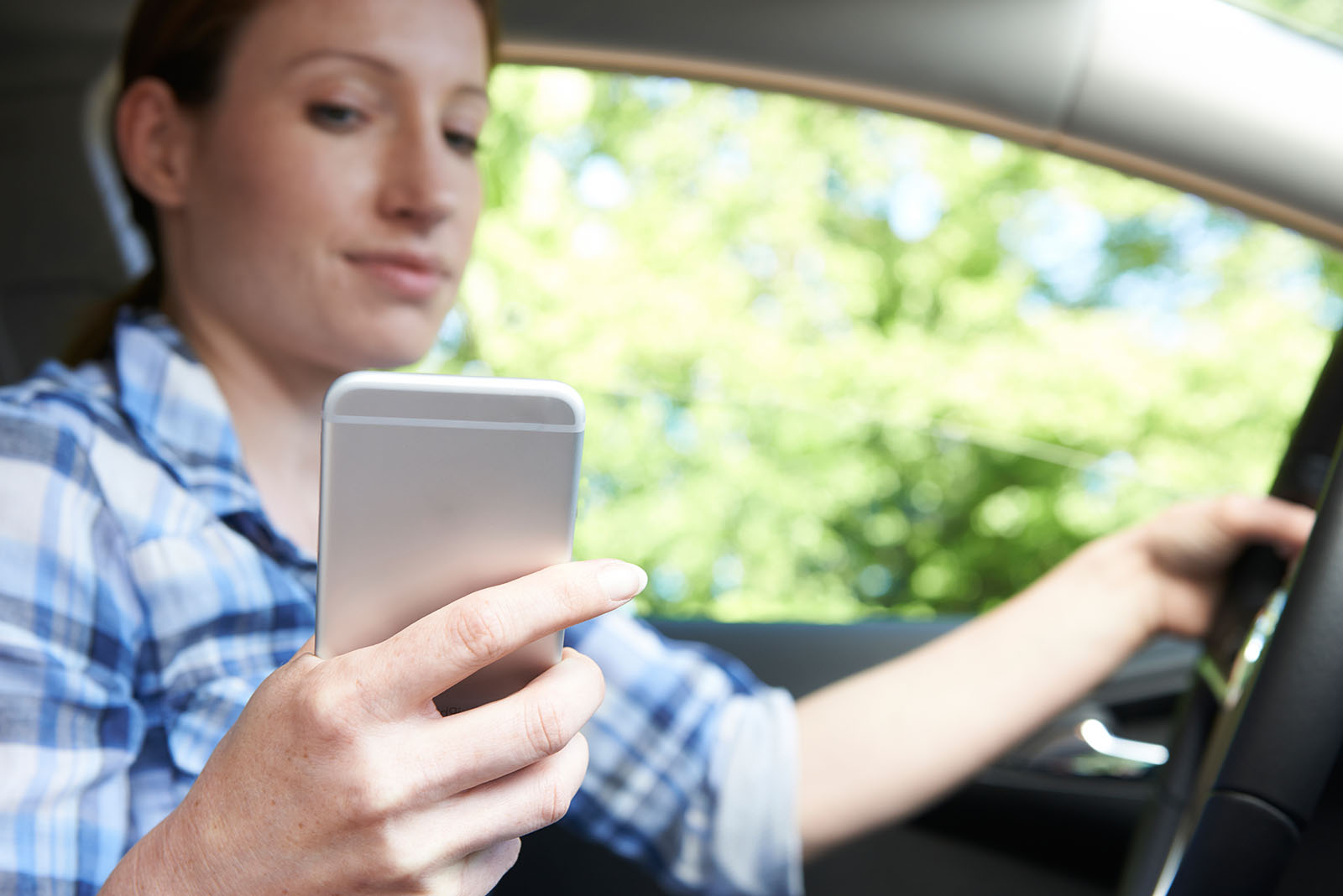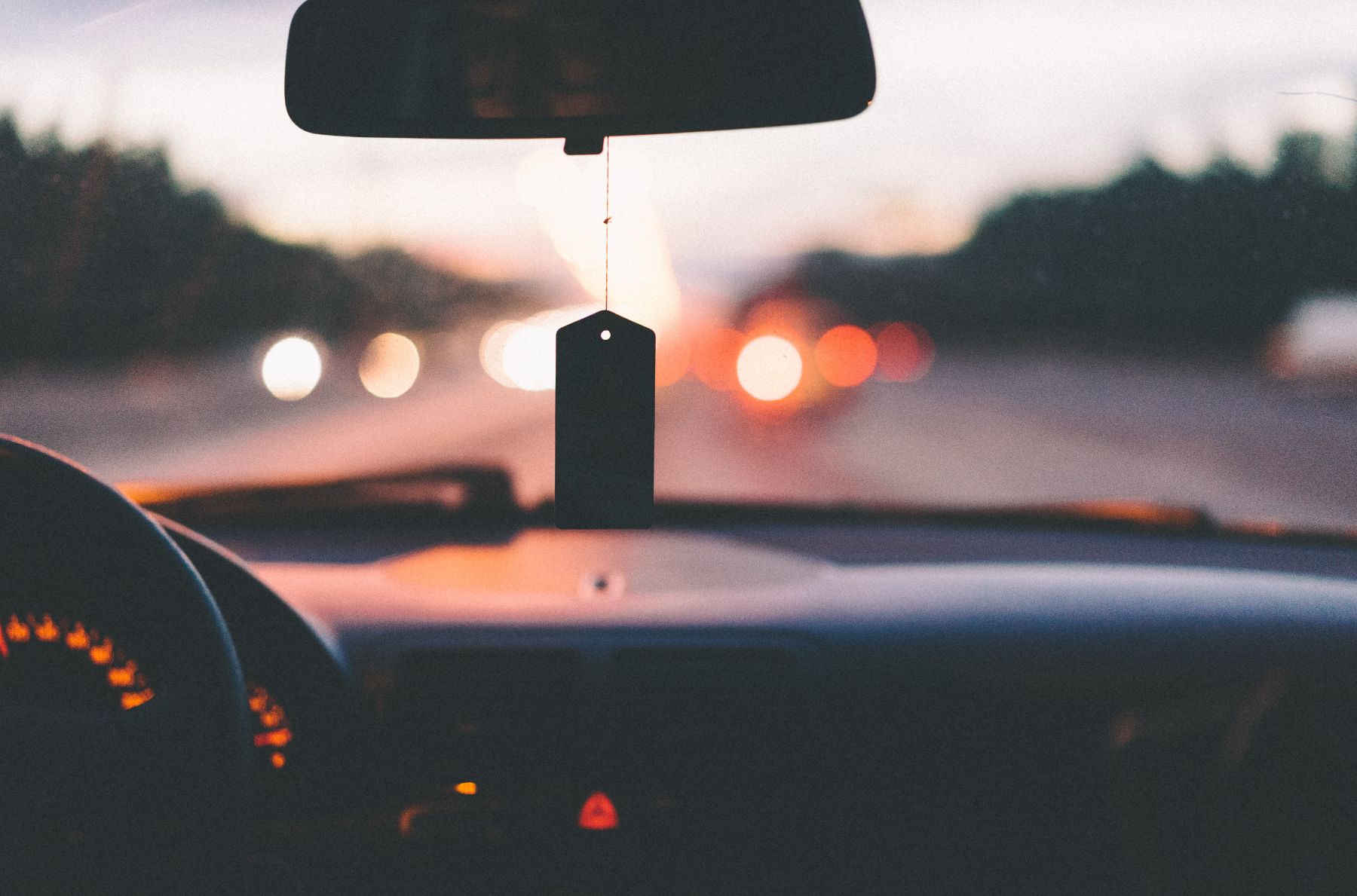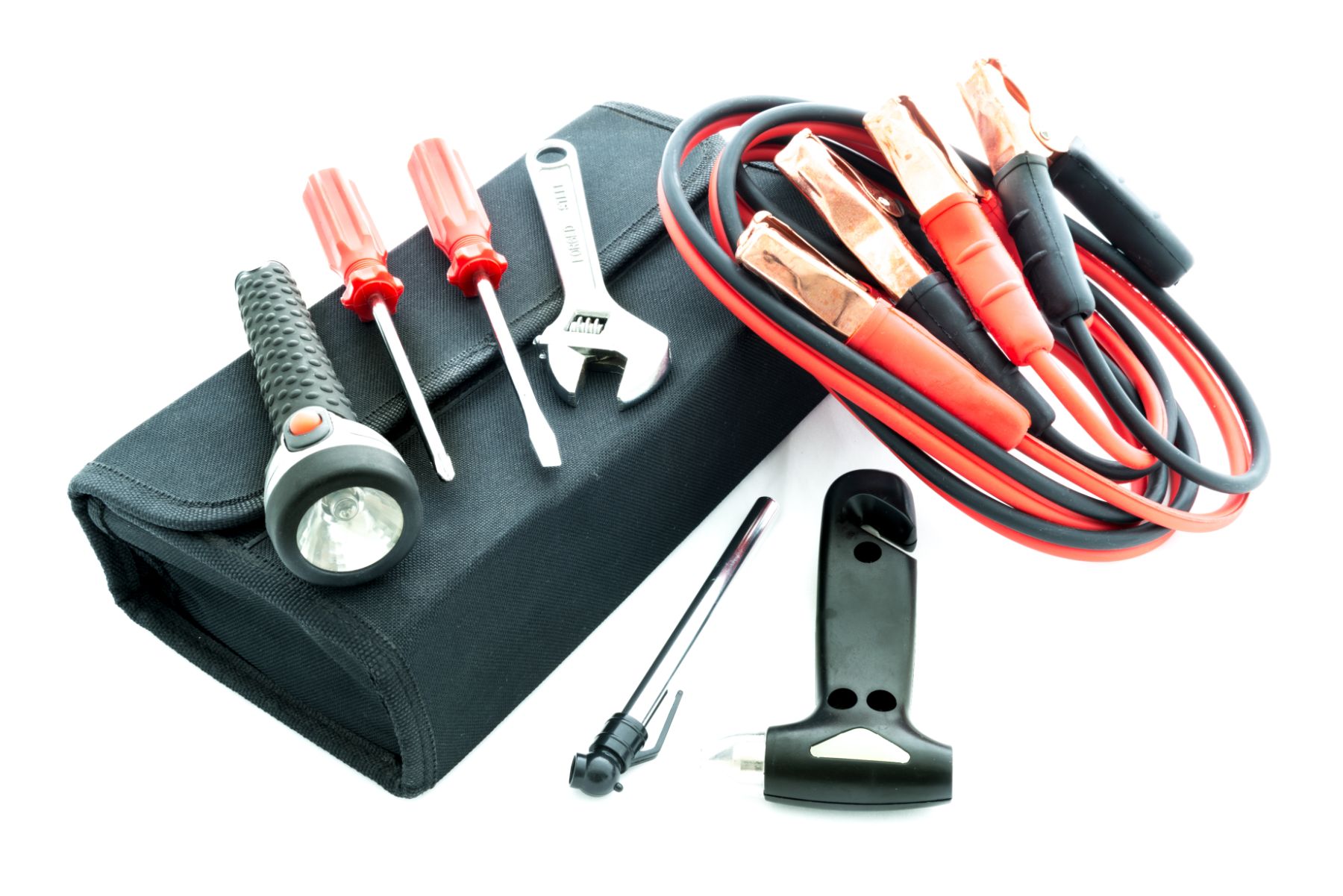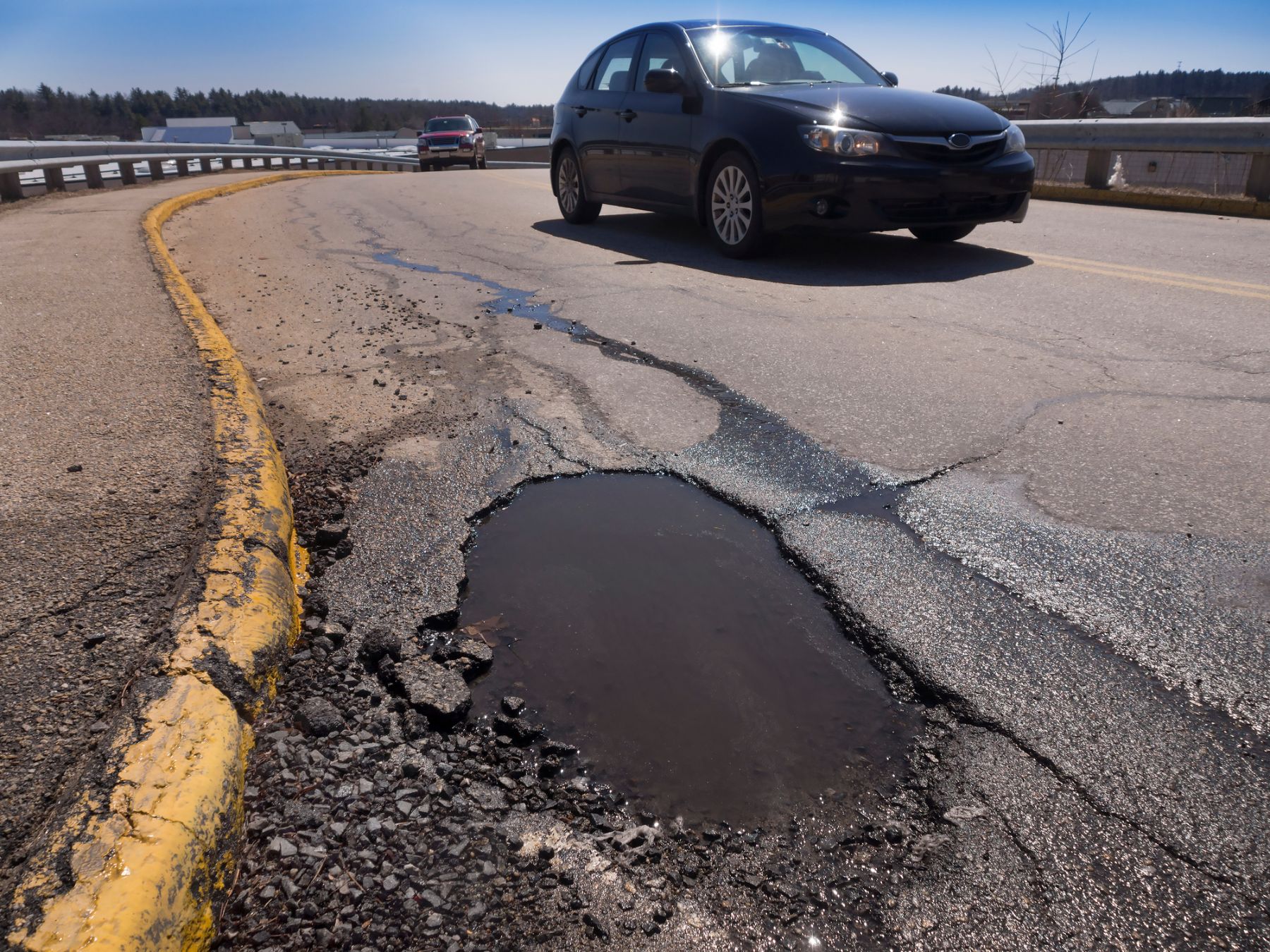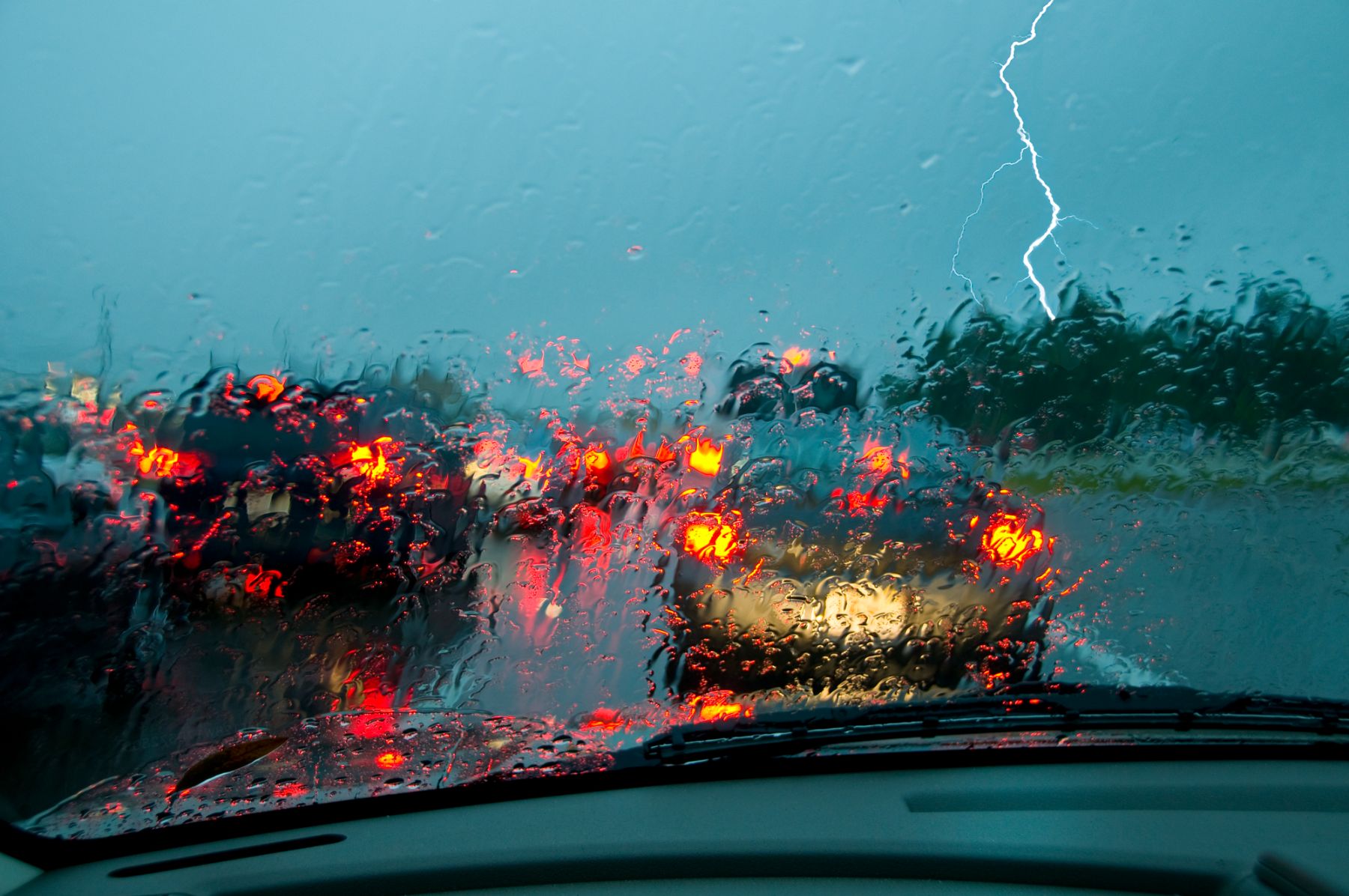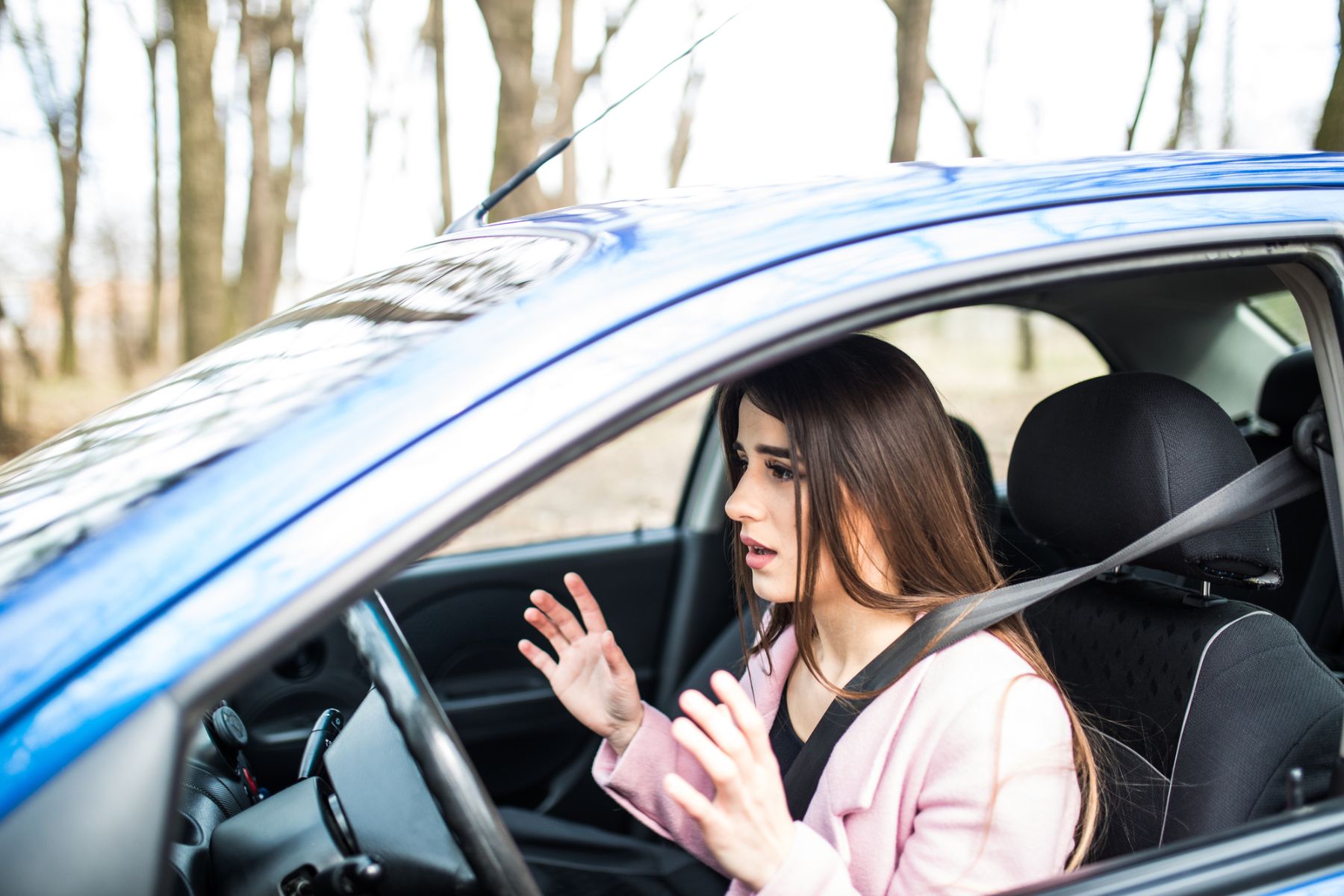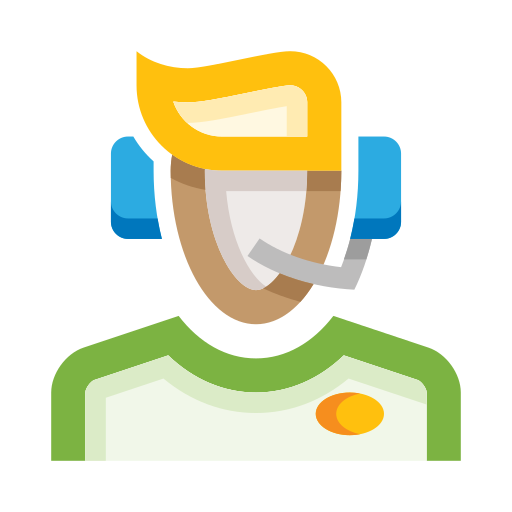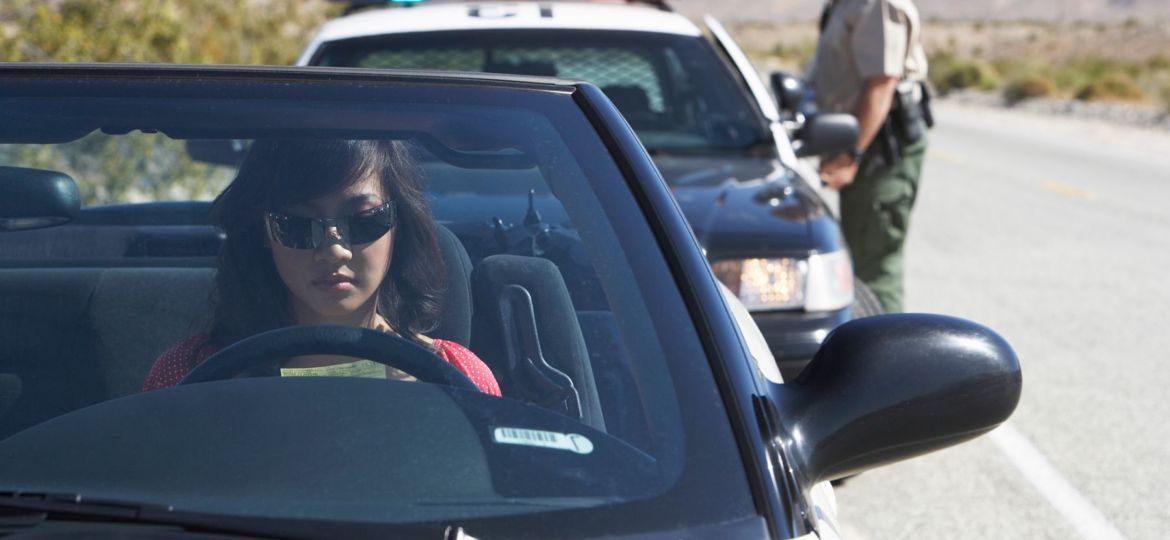
It’s inevitable. At some point you will find yourself with flashing lights behind you, as you are cruising down the road. It can be confusing and stressful to know how to best handle this kind of situation. So, take a deep breath, exhale, and get accustomed with our list of proper protocols, to ensure your routine traffic stop is as painless and least stressful as possible!
Engage Your Flashers
To alert the officer that you see them, and are going to pull over, turn on your right turn signal as soon as you can. This will give you time to find an appropriate place to pull over. If you’re having trouble finding a safe spot to pull over, turn on your hazard lights.
Slow Down, Pull Over
Next, merge to the nearest and safest lane to ensure your and the officer’s safety in the forthcoming exchange. This may mean you have to cross multiple lanes of traffic, that’s okay! Just ensure you have slowed your speed and merge cautiously.
Move your vehicle to an area that permits as much space between your vehicle and moving traffic, as possible. This might be turning onto a side street, with less traffic. If you’re on the highway, merge to the far right in the area known as the “shoulder”. At night, this might mean moving to a well-lit area, even a parking lot, to ensure visibility and safety. This will definitely get you positive points with the officer involved!
The Waiting Game
Don’t anticipate what you think the officer is going to want. For instance, reaching into your glove compartment, preemptively, may trigger a reactionary response from the officer. It’s best to turn your vehicle off, and place your hands on the steering wheel, until the officer has approached your vehicle. You and all passengers should have your hands in plain view. Let the officer ask for your license, registration, and proof of insurance. With everyone’s safety in mind, just calmly respond to the officer’s questions and requests.
Once You are Engaging with the Officer
This is where things may seem to get a bit complicated (trust us, they don’t have to be!). When the officer asks you why they pulled you over, it’s best to politely say you don’t know. You should never admit fault during this traffic stop if you think you were unjustly pulled over and want to fight the citation in court.
Always respond with courtesy to the officer’s questions and requests. Arguing with the officer will likely increase your chances of an actual citation versus. a warning. It’s also great to tell the officer your intentions, as they ask for documentation. For instance, if your license is in your wallet, in your purse, make sure you express that you need to get it out of your purse before doing so. This helps minimize the officer’s suspicions and reduce their heightened awareness.
It’s also important that in many states you may need to alert the officer if you have a weapon, like a permit-approved gun, on your person or in your vehicle. This greatly reduces any (merited or not) suspicion founded by the officer and benefits you for being transparent.
You Receive a Citation, Now What?
If you receive a citation, you should sign the physical copy. This is not an admission of fault, but rather documentation that you are the person who received the citation. Arguing with the officer, at the time of the stop is not the time or place. You will have the opportunity to fight your citation in court, but until then, you must comply with the officer.
Once the traffic stop is complete, take a beat to regain your composure, especially if you are visibly upset, put away all necessary documentation, and to make sure it’s safe to merge into travel lanes, once again. You don’t have to quickly get back on the road. The officer will understand that you are ensuring your and other traveler’s safety. As you are pulling away, be sure to use your turn signal to indicate your intent to merge back into traffic.


